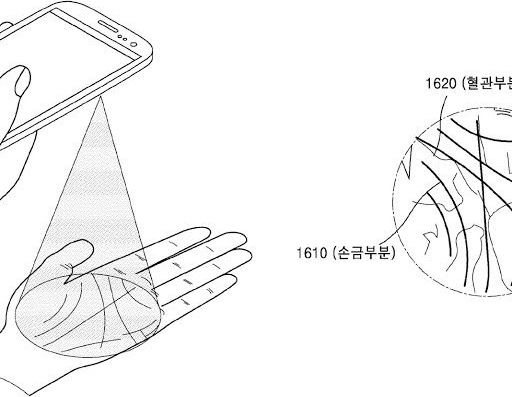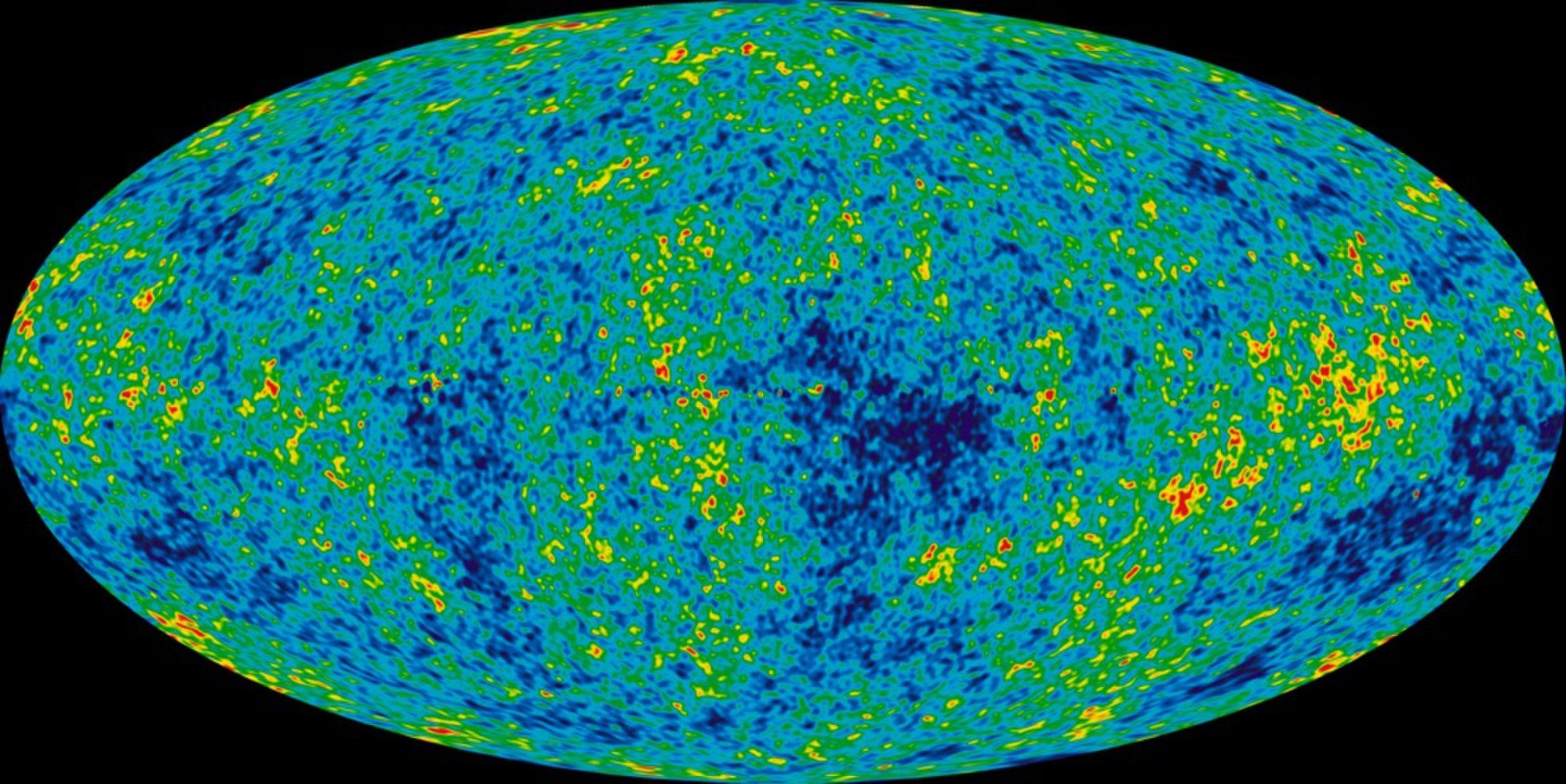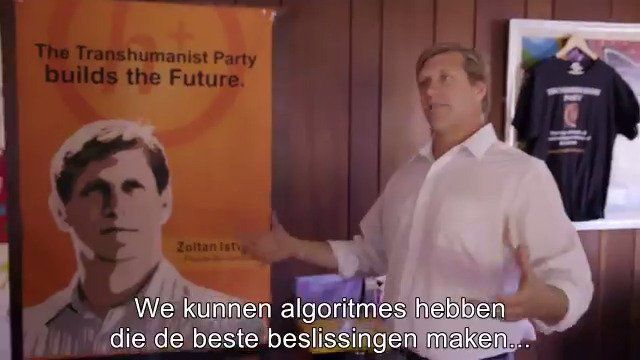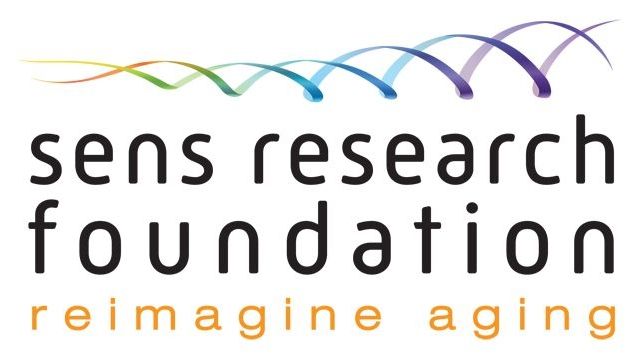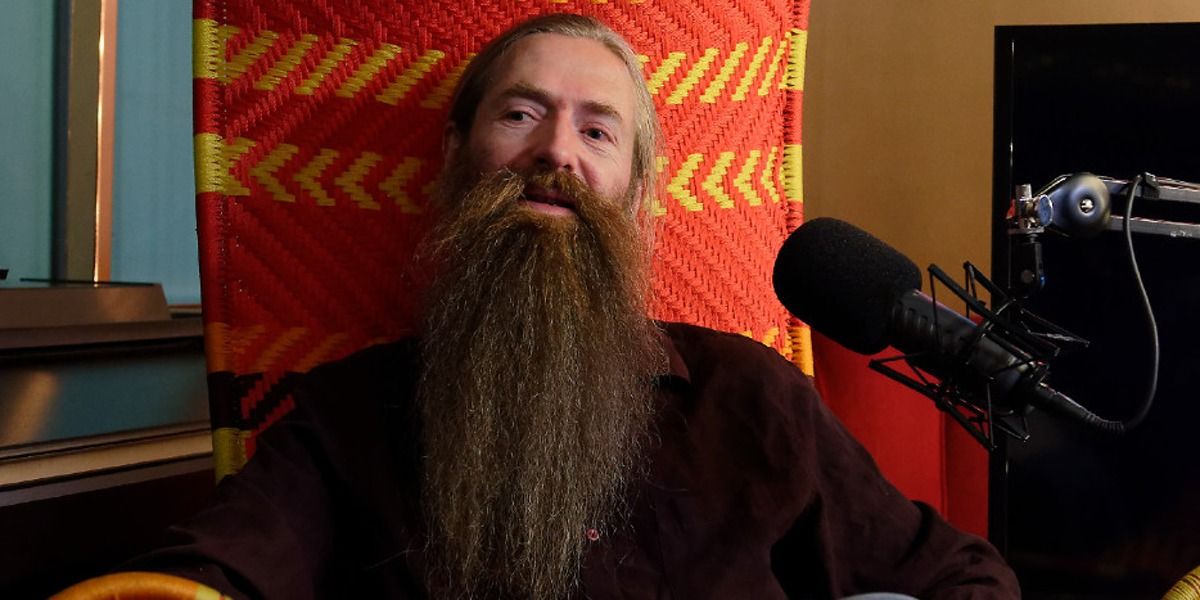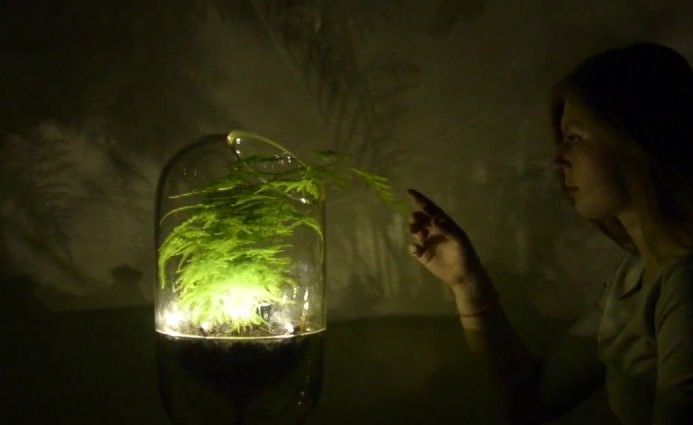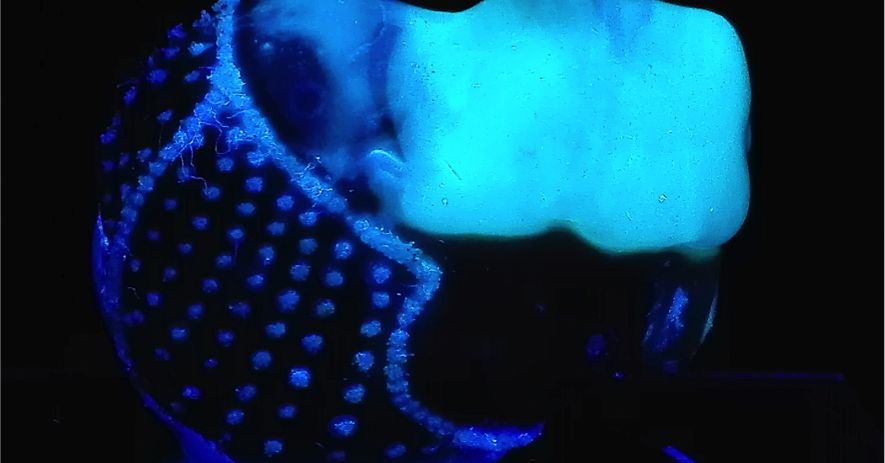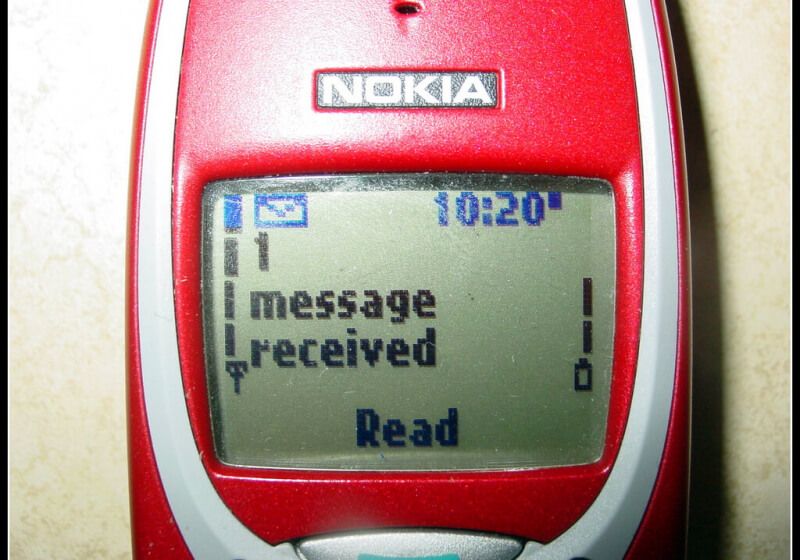Page 9154
Dec 4, 2017
WMAP Team Wins $3 Million Breakthrough Prize in Fundamental Physics
Posted by Genevieve Klien in categories: cosmology, evolution, physics
A team of researchers who helped shape our understanding of the origin, evolution and nature of the cosmos is now $3 million richer.
Those folks worked on NASA’s WMAP space mission, which was awarded the 2018 Breakthrough Prize in Fundamental Physics today (Dec. 3) during a ceremony in Palo Alto, California.
From 2001 to 2009, WMAP mapped the cosmic microwave background (CMB) — the light left over from the Big Bang — with unprecedented precision. This work allowed scientists to nail down the age of the universe (about 13.8 billion years), its rate of accelerating expansion (roughly 70 kilometers per second per megaparsec) and its basic composition (about 5 percent “normal” matter, 24 percent dark matter and 71 percent dark energy). [Dark Matter and Dark Energy: The Mystery Explained (Infographic)].
Dec 4, 2017
I’m excited to share a short highlight video below of my work featured on NPO, Dutch Puublic TV
Posted by Zoltan Istvan in categories: robotics/AI, transhumanism
The show Robosapiens (about #robots) aired last night and had about a 5 minute section on my #transhumanism work. The footage is from a while back but just aired yesterday. My part is in English:
“Liever een computer die de nucleaire codes heeft dan Trump? Transhumanist Zoltan Istvan is ervan overtuigd dat kunstmatige intelligentie politici ooit zal kunnen vervangen. Meer in Robo sapiens, vanavond om 20.15u @NPO2
Liever een computer die de nucleaire codes heeft dan Trump? Transhumanist Zoltan Istvan is ervan overtuigd dat kunstmatige intelligentie politici ooit zal kunnen vervangen. Meer in Robo sapiens, vanavond om 20.15u @NPO2 pic.twitter.com/fhuaStpUP3— vpro (@vpro) December 3, 2017
Dec 4, 2017
Dr. Aubrey de Grey Writes in MIT Technology Review
Posted by Steve Hill in categories: biotech/medical, life extension
Dr. Aubrey de Grey is the Chief Science Officer, founder of the SENS Research Foundation (SRF) and one of the original proponents of a damage repair-based approach to aging and age-related diseases. His work has inspired many others to think about aging differently and entertain the idea that, perhaps, we do not have to accept the suffering that age-related diseases cause.
Recently, Dr. de Grey published an article in MIT Technology Review; here, we explain why this is a real milestone of progress.
Dec 4, 2017
Google’s AI Built Its Own AI That Outperforms Any Made
Posted by Sean Cusack in category: robotics/AI
In May 2017, researchers at Google Brain announced the creation of AutoML, an artificial intelligence (AI) that’s capable of generating its own AIs.
More recently, they decided to present AutoML with its biggest challenge to date, and the AI that can build AI created a ‘child’ that outperformed all of its human-made counterparts.
The Google researchers automated the design of machine learning models using an approach called reinforcement learning. AutoML acts as a controller neural network that develops a child AI network for a specific task.
Continue reading “Google’s AI Built Its Own AI That Outperforms Any Made” »
Dec 4, 2017
Why This Aging Expert Thinks First 1,000-Year-Old Person is Already Alive
Posted by Steve Hill in categories: biotech/medical, life extension
Aubrey de Grey has set himself a simple task. The 54-year-old cofounder of the SENS Research Foundation wants to end biological aging for good. So sure is he of his mission, he proclaims the first human being to live to the age of 1,000 has already been born. De Grey believes that, within the next 20 years or so, scientists will finally solve one of humanity’s greatest problems.
“The fact is, aging kills 110,000 people worldwide every fucking day,” de Grey said at a Virtual Futures event attended by Inverse in London on Wednesday, in a conversation with group director Luke Robert Mason. “It doesn’t just kill them. You have to take into account all the suffering that comes before.”
Through his foundation, de Grey is working to solve seven types of aging damage that he believes are the key to a breakthrough. These are tissue atrophy, cancerous cells, mitochondrial mutations, death -resistant cells, extracellular matrix stiffening, extracellular aggregates, and intracellular aggregates. It may sound like a complex salad of jargon, but de Grey claims that because science has an understanding of how to fix all these damages, aging can end for good.
Continue reading “Why This Aging Expert Thinks First 1,000-Year-Old Person is Already Alive” »
Dec 4, 2017
Can extreme poverty ever be eradicated?
Posted by Derick Lee in categories: employment, food, sustainability

Poverty rates have fallen faster in the past 30 years than at any other time on record. The UN wants extreme poverty to disappear by 2030. We assess the data to see if this is achievable.
Click here to subscribe to The Economist on YouTube: http://econ.st/2AfBchr
Continue reading “Can extreme poverty ever be eradicated?” »
Dec 3, 2017
This 3D-printed ‘living ink’ could someday help with skin replacements
Posted by Klaus Baldauf in categories: 3D printing, biotech/medical
There weren’t too many historical events on December 3, 1992, but the date is an important one for mobile fans: 25 years ago today, the very first text message was sent. It simply read, “Merry Christmas”
On the same day that Whitney Houston’s I will always love you was the number 1 song in the US and Home Alone 2 topped the box office, 22-year-old Sema Group software architect Neil Papworth sent the first SMS (Short Message Service).
It was sent over the Vodafone GSM network in the UK, though back then handsets could only receive messages, not send them. Papworth sent it to an Orbitel 901 handset belonging to the then-director of Vodafone, Richard Jarvis, using a computer.
